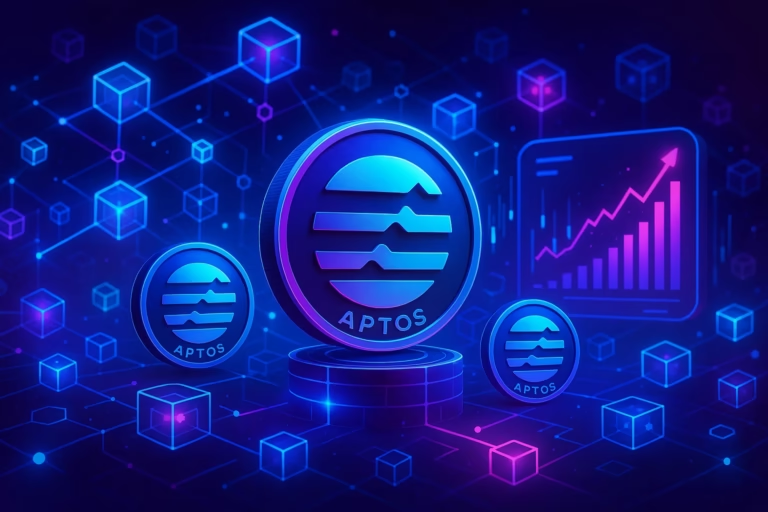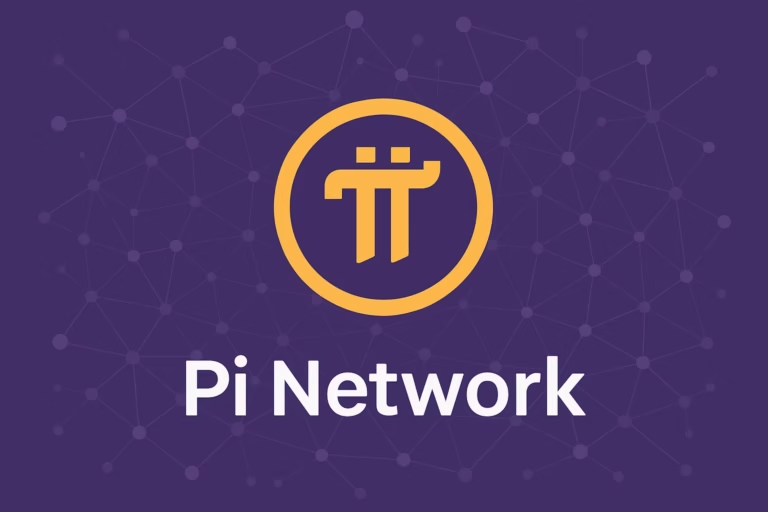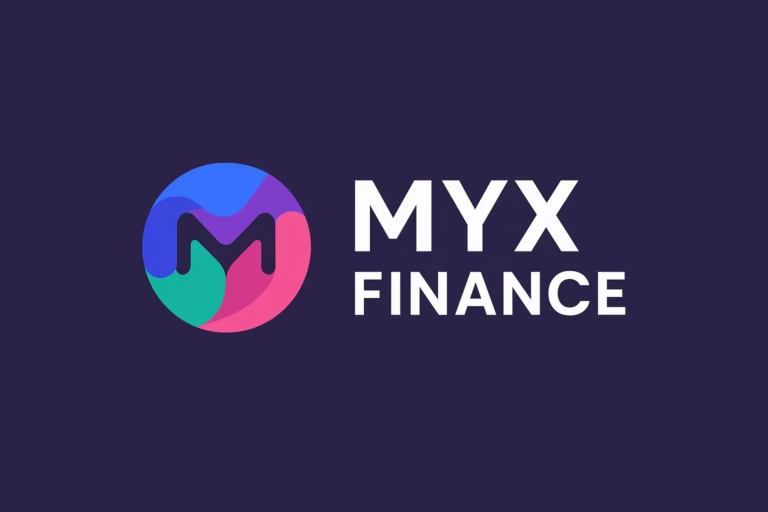
Chainlink Cryptonewsfocus.com
- Chainlink co-founder Sergey Nazarov predicts that real-world assets (RWAs) will eventually surpass the cryptocurrency market in size, with Chainlink’s technology playing a key role in this shift.
- Despite some skepticism and concerns about Chainlink’s token performance, the growing institutional interest in RWAs highlights their potential to bridge traditional and decentralized finance.
Sergey Nazarov, the co-founder of Chainlink, has recently made a bold prediction: real-world assets (RWAs) will eventually eclipse the cryptocurrency market in terms of market size. According to Nazarov, Chainlink possesses the crucial infrastructure necessary to drive RWAs into becoming an industry standard, potentially reshaping the financial landscape.
Chainlink’s Pioneering Role
Chainlink is already at the forefront of integrating RWAs with its blockchain technology. The platform supports various RWAs, including tokenized gold, art, and real estate. Notable projects such as Artory and RealT have successfully launched on the Chainlink network, signaling a growing adoption of RWAs.
Nazarov emphasized that RWAs could significantly enhance the value proposition of on-chain assets. By bringing off-chain asset values like stablecoins, gold coins, and other commodities onto the blockchain, Chainlink aims to increase the liquidity and accessibility of these assets.
I personally believe that the RWA industry's size can eventually surpass the cryptocurrency market as a whole. If you count stablecoins, gold coins and all commodity coins as RWAs, you already see a lot of the potential for how RWAs can continue to put even more value on-chain.… https://t.co/sBHKRu5aHz
— Sergey Nazarov (@SergeyNazarov) September 10, 2024
RWAs: The Bridge Between TradFi and DeFi
According to Nazarov, RWAs have the potential to serve as a critical link between traditional finance (TradFi) and decentralized finance (DeFi). He believes that RWAs could facilitate the initial connection between these two financial realms, creating a smoother transition for traditional assets to enter the DeFi space.
The Chainlink co-founder also highlighted the substantial potential of RWAs, noting that only a fraction of real-world assets, such as real estate and treasury bills, are currently tokenized. The total value of these assets is in the trillions of USD, suggesting significant growth opportunities for the sector.
Institutional Interest and Market Skepticism
Large financial institutions like BlackRock and Fidelity are already exploring real-world asset tokenization, which could offer safer and more transparent asset ownership with rapid on-chain transfers. This institutional interest underscores the growing recognition of RWAs’ potential to reshape financial markets.
However, not everyone shares Nazarov’s optimism. Some skeptics question Chainlink’s ability to deliver on its promises, citing issues like the $LINK token’s price performance and perceived lack of utility. Critics argue that despite Chainlink’s efforts, its token has not lived up to expectations, with its value plummeting significantly from its all-time high.
A Vision for the Future
Despite the skepticism, many crypto enthusiasts are excited about the possibilities that RWAs offer. They agree with Nazarov’s vision of RWAs revolutionizing DeFi and increasing on-chain value. As the debate continues, one thing is clear: the integration of RWAs into the blockchain ecosystem could mark a significant shift in the way financial assets are managed and traded.
Whether or not RWAs will outpace the crypto market remains to be seen. However, Chainlink’s advancements in this space highlight a promising direction for the future of finance.




